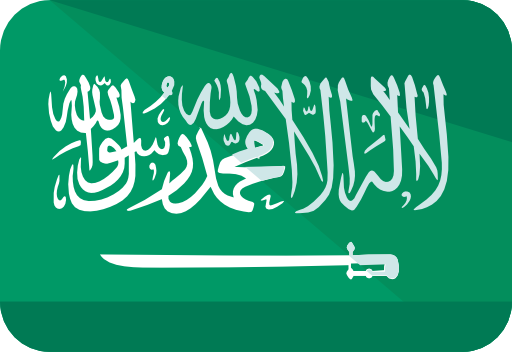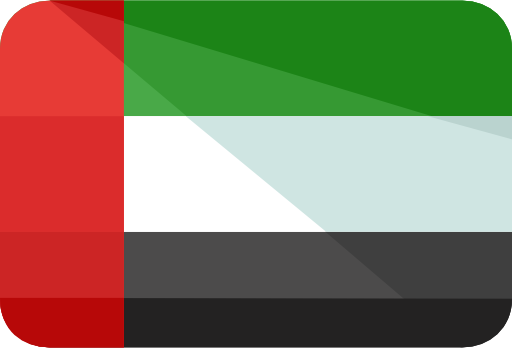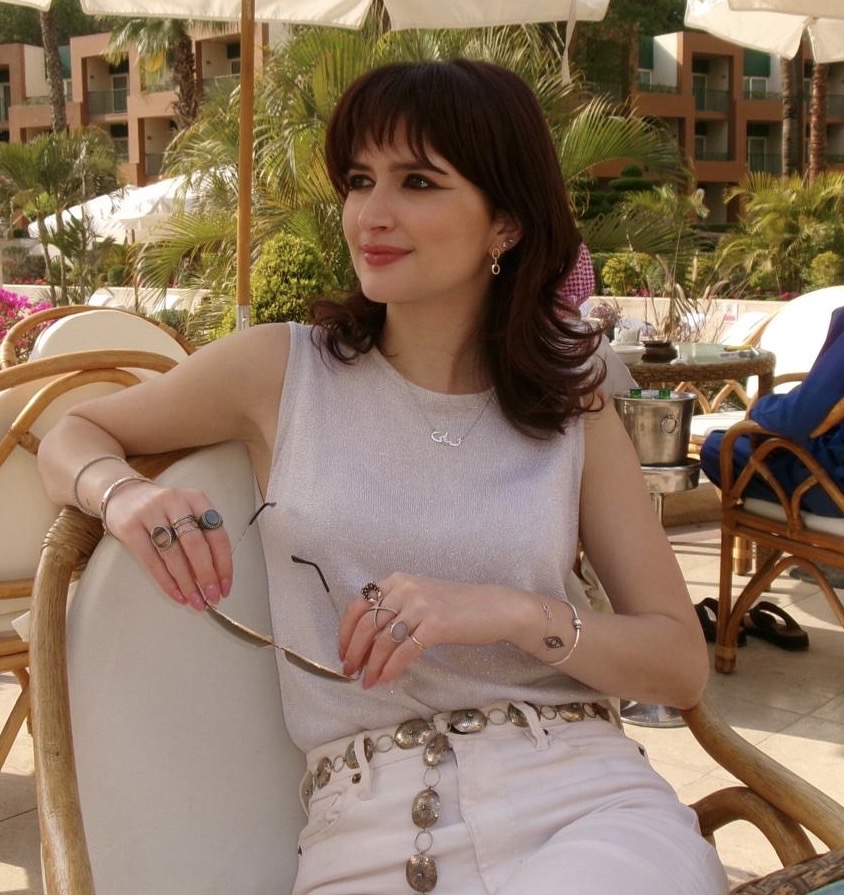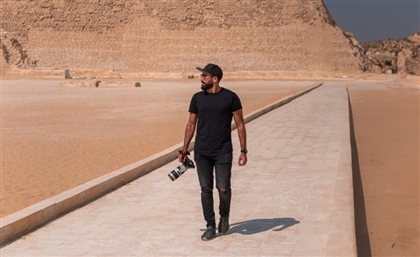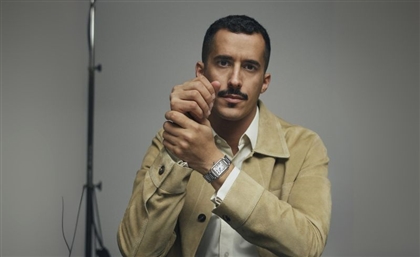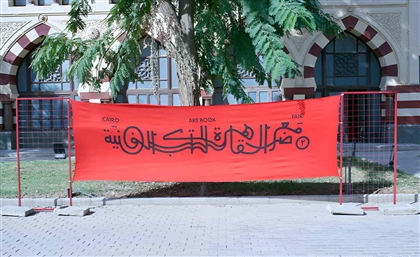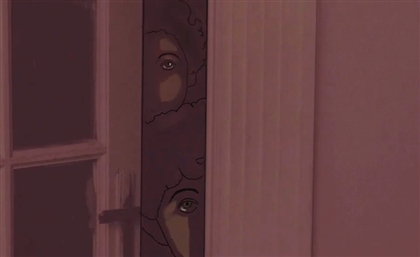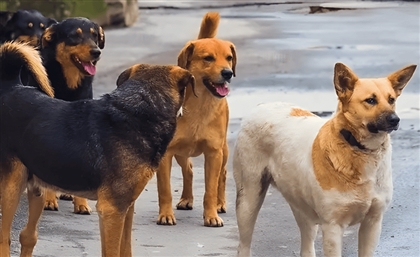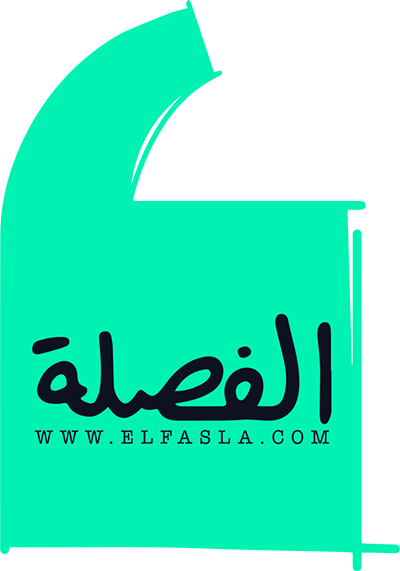Photographer Tasneem Alsultan on Walking Away From Western Media
"We don't need their pat on the back." Once thrilled by features in legacy media publications, seasoned Saudi photographer Tasneem Alsultan is done looking for validation from Western establishments.
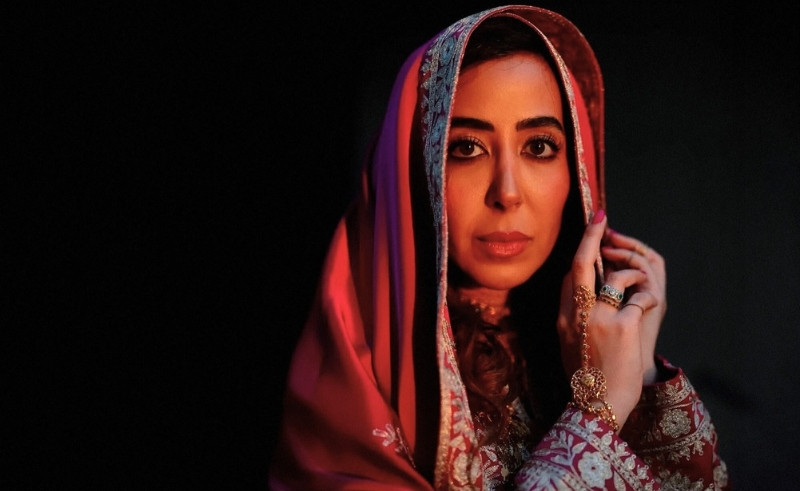
“My work on the front page of The New York Times used to make me ecstatic, proud for my nation. Now, I don’t want to be associated with them.”
Once thrilled by features in legacy media publications, seasoned Saudi photographer Tasneem Alsultan is done looking for validation from these Western establishments.
“Keep your money, keep your platforms—we can do better,” she said. “We can show our real traditions and values without hypocritical parachute journalism.”
“We don’t need them to ‘give us voices.’ We already have many voices.”
Over a 15-year-long career, in addition to speaking at the United Nations and winning some of the most prestigious awards in the photography world, Alsultan has been featured in the Washington Post, New York Times, Wall Street Journal, National Geographic, and Bloomberg, among other household-name publications. But after October 7th, she has lost trust in these institutions.
Alsultan’s photography has appeared in more than 20 exhibitions around the world from Paris to Nepal. She entered the field by photographing kids and families, and then transitioned to weddings. Now, her work spans a range of subjects across documentary, commercial and portrait photography. Alsultan defines her audience as those inside and outside of Saudi who want to see the country in a way they haven’t before.
Over the years, she has focused her lens on challenging stereotypes of the Arab World, specifically Saudi Arabia, by capturing intimate women-only spaces that are otherwise difficult for journalists to access. Alsultan has photographed Saudi women in their homes, gossiping with their friends, celebrating birthdays on farms, driving quad bikes and dancing in the desert with huge speakers and a DJ—and no men.
For decades, women in Saudi Arabia had limited visibility in public life, and photography, particularly of women, was heavily restricted.
When Crown Prince Mohammed bin Salman (MBS) rose to power nearly a decade ago, he began to drive sweeping change across the Kingdom through his Vision 2030 reforms which granted women the right to drive, lifted bans on cinemas and concerts, and directed investment towards the arts.
“The government pushed women to the forefront instead of always being in the background, or invisible. That’s when we started seeing ourselves everywhere,” she added. “Before, everything was segregated.”
Having lived equally between the West and the Middle East—between the US, UK, Dubai, Bahrain, and now Saudi—gave Alsultan insight into the damaging stereotypes she wanted to push back against through her work. She finds it infuriating that Arab women are portrayed as powerless or victimized by men. She pushes back against the idea that husbands force their wives to cover, and the post-9/11 representation of Arab men as violent.
“I find many stories of women who became whatever they wanted despite constraints from government, religion, or society,” Alsultan said. “These women are my superheroes.”
In Alsultan’s favorite project to date, ‘Saudi Tales of Love’, she photographed women across the marriage spectrum—never and happily married, divorced and widowed—to answer two questions: “Do we need marriage to signify that we have love? Do you need a husband to have a significant life?”
The series was a turning point of her career, made possible by her 2015 acceptance into the Arab Documentary Photography Program.
Alsultan herself was married at 17, and divorced her spouse after an unhappy 10 year marriage.
“Only later, I realized that there were many Saudi women who had similar experiences, beyond my expectations of a typical Saudi housewife,” she wrote on her website about the inspiration for her project.
After she published her project in 2016, it exploded, and her career took off. ‘Saudi Tales of Love’ was published in TIME LightBox, a platform that showcases the best of documentary photography. One of the photos was even on the cover of Time Magazine and later printed in the Instagram headquarters in New York. In 2019, Alsultan received the Catchlight Fellowship to continue her work photographing women.
“The women from ‘Saudi Tales of Love’ are my role models, my sisters,” Alsultan said.
She photographed women like Mai, who fell in love in dental school and married her classmate. They had a son and a daughter. The day before they signed the lease on their first home, her husband died in a tragic motorcycle accident. In the photo Alsultan captured, Mai wears her wedding dress, a symbol of her happy marriage. In the shadowy background her teenage son wears his father’s thobe. Mai waits for her son to turn 18 to become her legal male guardian. Until then, it’s her half-brother she hasn’t met.
In another photo from the city of Hail, Umm Ahmed serves and sells coffee. Now in her early 60s, she got married over 40 years ago. When her husband wouldn’t allow their two sons to pursue their education, she collected money to help him find a second wife, gave him the dowry, and said, “I want you to divorce me.” He did. Today, she is a proud mother of two sons who served in the military and are nearly retired.
But Alsultan’s favorite photo is a photo of a woman named Ohood, diving in 2016.
“Saudi women can’t drive, but they can dive,” the caption read, at a time before the laws changed.
When Ohood divorced her husband, she got nothing. Not the money nor her daughter, who she could only see two nights a month.
"My parents are divorced. My brother is divorced. My friends are divorced. Everyone I know who married out of love, isn't anymore in love. I got divorced, not once, but twice,” Ohood had said to Alsultan.
She photographed and stayed with Ohood back in 2016, and later during COVID, found out that Ohood met someone in America, fell in love, and got married for the third time. But soon after, her husband caught COVID and passed away. And then, Ohood caught COVID and passed away.
“That image always gives me goosebumps, always makes me tearful,” Alsultan said. “I wish she were still here to be celebrated.”
The first time the New York Times international photo editor saw Alsultan’s images, he said, “These are not Saudi. I can get anyone else to photograph better images.”
Alsultan asked, “Which white male photographer do you have coming into Saudi and photographing Saudi women in their homes like this?”
He looked at her again and said, “Well…this isn’t Saudi.”
“This is not the Saudi you expected,” Alsultan corrected. “Saudi women don’t cover their faces in their own homes. They don’t wear hijab among other women. That’s why segregation exists: we want to live freely without constraints by men.”
The reaction of the New York Times photo editor pointed to larger gaps and biases in Western media coverage of the Arab World that came to a tipping point after October 7th when no media outlet was able to enter Gaza.
“They hit a wall,” Alsultan said. “Before, whether it was Saudi, Egypt, or Lebanon, coverage was one-sided, but we didn’t know. We trusted. Now the veil has been lifted—we see clearly how this bias has caused deaths of many colleagues in Gaza.”
The past two years have redefined journalism as audiences turn away from legacy media and towards alternative voices without Western editorial constraints that live on platforms like Instagram and TikTok—despite shadow bans that target pro-Palestine speech.
Alsultan is one of them, using her platform with nearly 200 thousand followers to amplify stories coming out of Gaza.
But the stories that will reach people the most effectively are those that are accessible—that use storytelling and humor as a conduit for connection, Alsultan said. Some use travel and food, while others use music and art. She used the Netflix show Mo as an example, a comedy-drama series that follows a Palestinian refugee in Houston who is seeking asylum in the US.
“Mo tells a beautiful story, but if it were only about genocide or Gaza, people would be exhausted and not follow,” she said, adding that the same is true for the Saudi women’s stories she captures through photography. People around the world relate to the struggles and complexities of marriage.
Now, Alsultan is working on a photobook that brings together the photos from ‘Saudi Tales of Love’, her ongoing project which she renamed And Then There Were Women.
“Because,” she said, “suddenly Saudi women are everywhere.”
- Previous Article Cinematic Season Style Guide with GFF's Salma Malhas & Hayat Aljowaily
- Next Article Six Unexpected Natural Wonders to Explore in Egypt
Trending This Week
-
Dec 12, 2025


